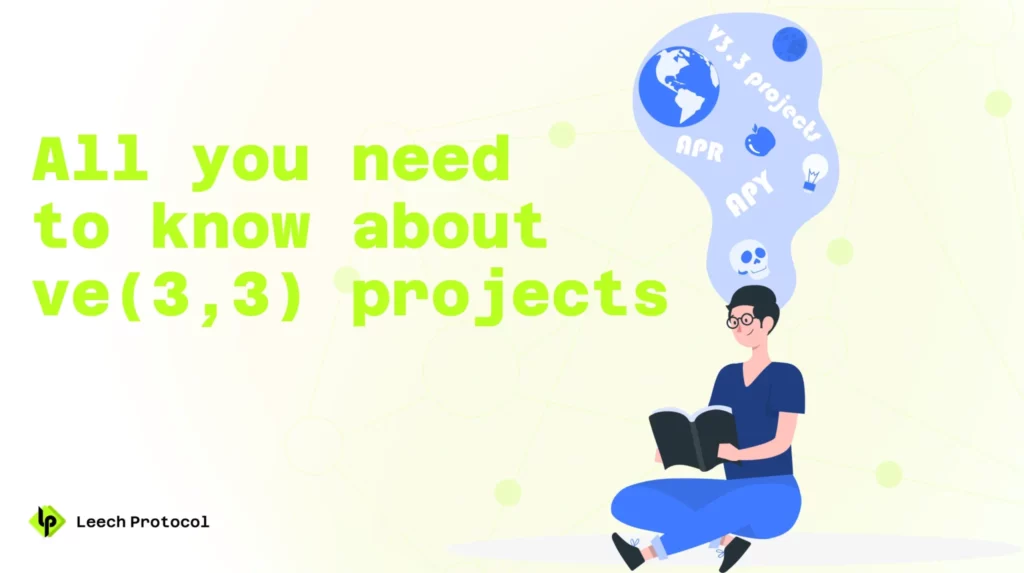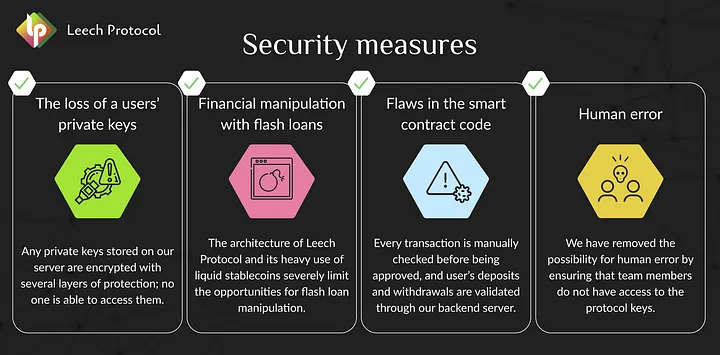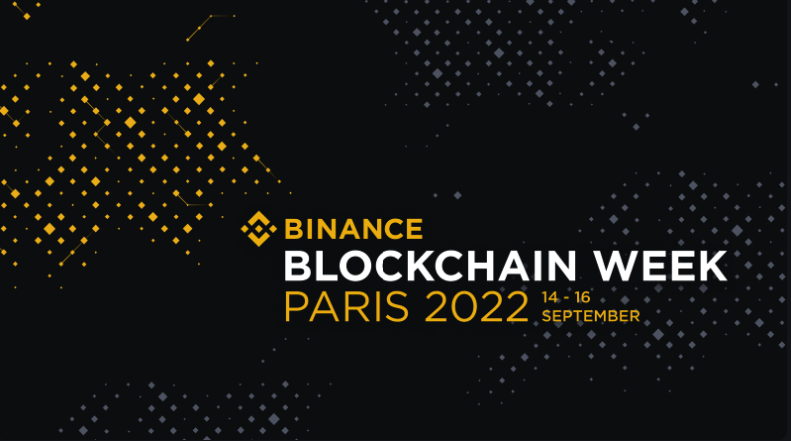All you need to know about Ve(3,3) projects

The presence of deep liquidity in a pool is a crucial requirement for ensuring trading volume and stable prices of a particular token. Every project that launches its own token faces the challenge of attracting liquidity to these pools, in addition to attracting liquidity to its own product. However, the emergence of ve(3,3) protocols in the DeFi space helps solve this problem and offers a new perspective on the relationship between liquidity providers and decentralized exchanges (DEX). Let’s take a closer look at the ve(3,3) concept.
First and foremost, it’s worth mentioning Andre Cronje and Daniele Sestagalli – two of the most famous builders in crypto. Among their notable projects, one of them is Solidly – a decentralized exchange with the ve(3,3) tokenomics concept. Solidly gained attention when Andre Cronje published a brief article on Medium in January 2022, explaining the tokenomics concept of the new project and naming it ve(3,3).
The Origins of ve(3,3)
The name ve(3,3) stems from the combination of two tokenomics designs. The first design, ve (Vote Escrow), enables token holders to participate in the governance of a project by locking their tokens for a specific period. This design was first implemented in the Curve DAO project. However, one of the challenges of this design was locked liquidity. Users who acquire voting power by locking their tokens are unable to sell or transfer them until the lock-up period expires.
The second design, (3,3), is derived from the concept of “Nash Equilibrium” in the Olympus DAO project. It attempted to set up a tokenomics framework where staking was the most profitable behavior for token holders, while selling tokens was the least profitable. Andre Cronje decided to incorporate a similar equilibrium into the Solidly project, but with more refined incentives.
Thus, ve(3,3) ©
In his Solidly project announcement on Medium (ve(3,3), Andre Cronje outlined the following principles of this design:
- There is a token called SOLID, which is used to incentivize liquidity providers;
- SOLID tokens can be locked, and in return, the holder receives veSOLID as an NFT (non-fungible token). veSOLID can be transferred, unlike veCRV, which cannot be transferred;
- The lock-up duration of SOLID affects the amount of veSOLID received:
- A 6-month lock-up yields a ratio of 1:0.1;
- A 4-year lock-up yields a ratio of 1:1;
- Holders of veSOLID receive 100% of the protocol’s fees;
- veSOLID grants the right to vote every epoch (every 7 days) on which liquidity pools and their sizes will be incentivized;
- Holders of veSOLID also receive “bribes” for their votes. In this context, “bribes” are mechanisms to attract more votes;
- The more SOLID is locked, the lower the token emission in the next epoch, thereby exerting less downward pressure on the price.
ve(3,3) Actors
The ve(3,3) tokenomics in a decentralized exchange (DEX) involves four key types of participants: ve-token holders, liquidity providers, protocols, and traders. Let’s explore the roles of each of these participants in the overall ecosystem:
- Protocols/Projects: They can use “bribes” to attract attention and drive up the price of their token. By offering bribes to a specific pool, protocols incentivize ve-token holders to vote for that pool. Bribes have become a common expense item in protocol budgets. Additionally, protocols can participate in voting directly, becoming significant ve-token holders. They provide economic incentives and can offer any tokens as bribes or directly vote for their own projects. They receive the following benefits: increased liquidity depth in the desired pool and indirectly stimulate demand for the project’s token.
- Traders: They are the “end consumers” of DEX. The trading volume generated by traders is the main source of revenue for the protocol. Traders benefit from the opportunity to make profitable trades. Low fees and deep liquidity (minimal slippage) make specific pools in specific projects attractive to them.
- ve-Token Holders: They serve as the “printing press” by determining the token emission characteristics each epoch. Their sources of income include revenue from trading volume on the DEX (fees paid by traders) and income from bribes (paid by other protocols/projects).
- Liquidity Providers: These are the “farmers” who provide liquidity to the pools. In ve(3,3) projects, they typically do not receive trading fees but instead receive allocated tokens from the project as rewards. They provide their assets and receive returns in the form of project tokens, which they can sell, lock as ve-tokens, hold, or add as liquidity to the pool.
Is ve(3,3) Concept Thriving?
The general principle of ve(3,3) revolves around each participant having their own interests and incentives for mutually beneficial participation. For liquidity providers, it is also attractive that everything happens transparently, and at the end of each epoch, they can know in advance which pool will bring more profitability. By following the voting process, they can secure higher returns compared to the average market.
Currently, there are numerous Solidly forks and projects that utilize the ve(3,3) design, each introducing their own additions. Some of these projects, such as Velodrome and Thena, have shown excellent results. Each project makes minor changes to the ve(3,3) concept, such as shifting from dynamic to linear emissions or introducing other modifications to timing and reward structures.
For liquidity providers, this allows them to make informed decisions based on reward structures and potential profitability. If you’re interested, you can explore Solidly forks on the DefiLlama website (DefiLlama). If you have any questions, feel free to ask. We’re happy to engage in further discussion!
What should you do next?
- Provide liquidity via our farming App
- Follow our Twitter for more DeFi and YieldFarming tips
- Join our Telegram for Daily Farming discussion
- Join our Discord to claim your roles and become an early community member



